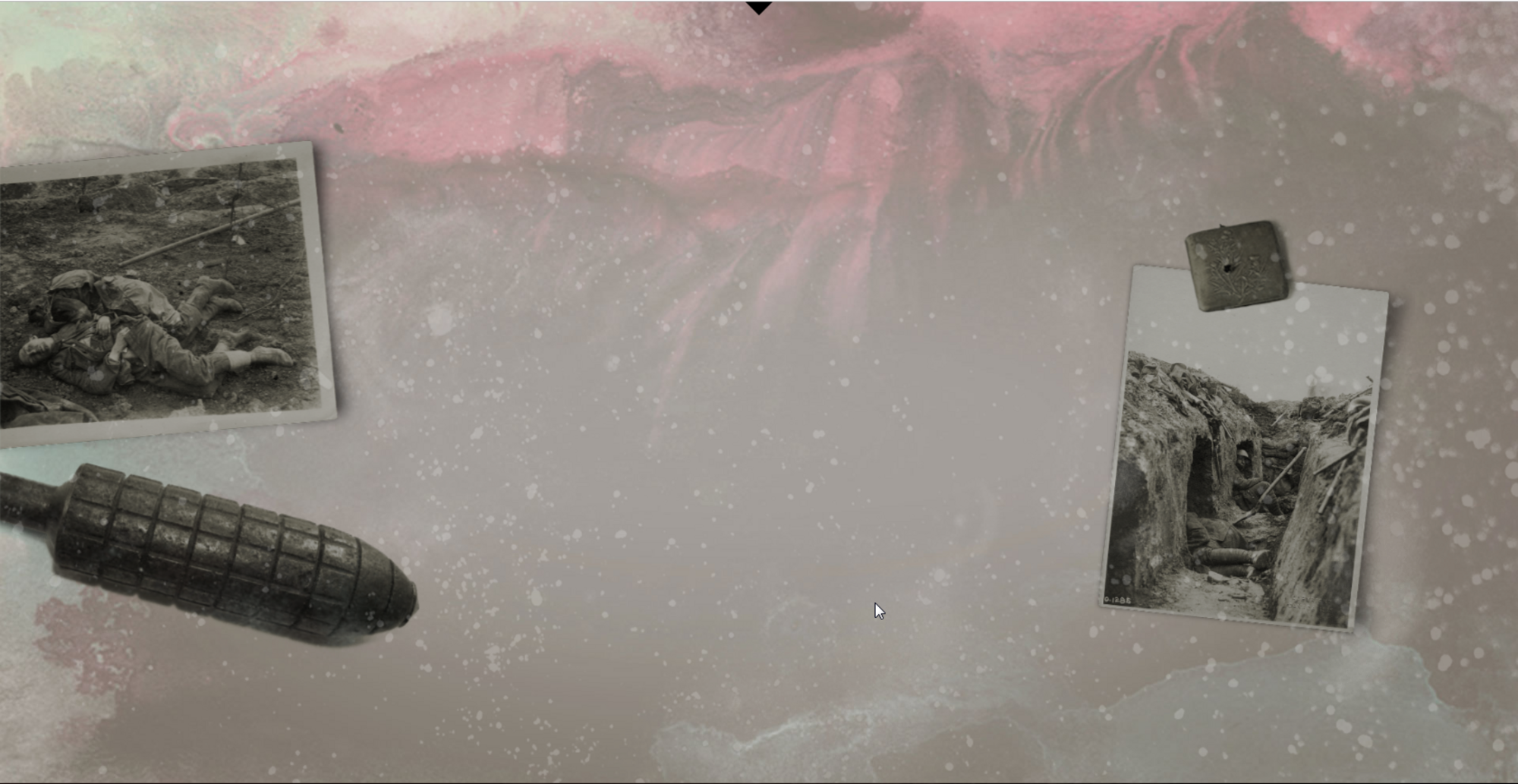
- Home
- Archaeological remains
- What should we excavate ?
Archaeology is a profession which demands a tireless, irrepressible curiosity, regardless of the origin or date of the artefacts unearthed. And so in the early 1990s a handful of archaeologists, faced with the repeated discovery of First World War artefacts and convinced that the debate regarding the archaeological interest of the Great War merited further attention and more extensive research, began to take an interest in these findings which had initially been dismissed as mere inconveniences.
These first investigations allowed them to structure their approach, laying the groundwork for an entirely new and highly specific discipline of archaeological research. Nonetheless, it took a decade of occasional and often lucky finds on sites generally focusing on more distant periods of history to identify the two major themes which would shape this new discipline. Drawing inspiration from the practices commonly adopted for more ancient eras and peoples, studying the day-to-day life – but also the day-to-day death – of soldiers is now afforded maximum priority, as this approach has been proven to yield precious new information serving to expand our understanding of the conflict. Of course new research priorities are sure to emerge as new investigations continue to flourish, with the number of archaeological studies focusing on this period increasing dramatically since the turn of the twenty-first century.



